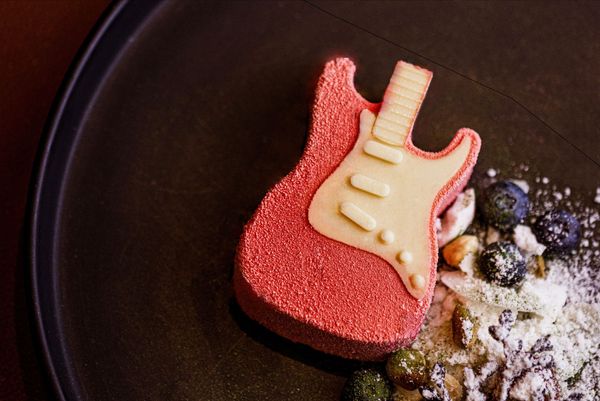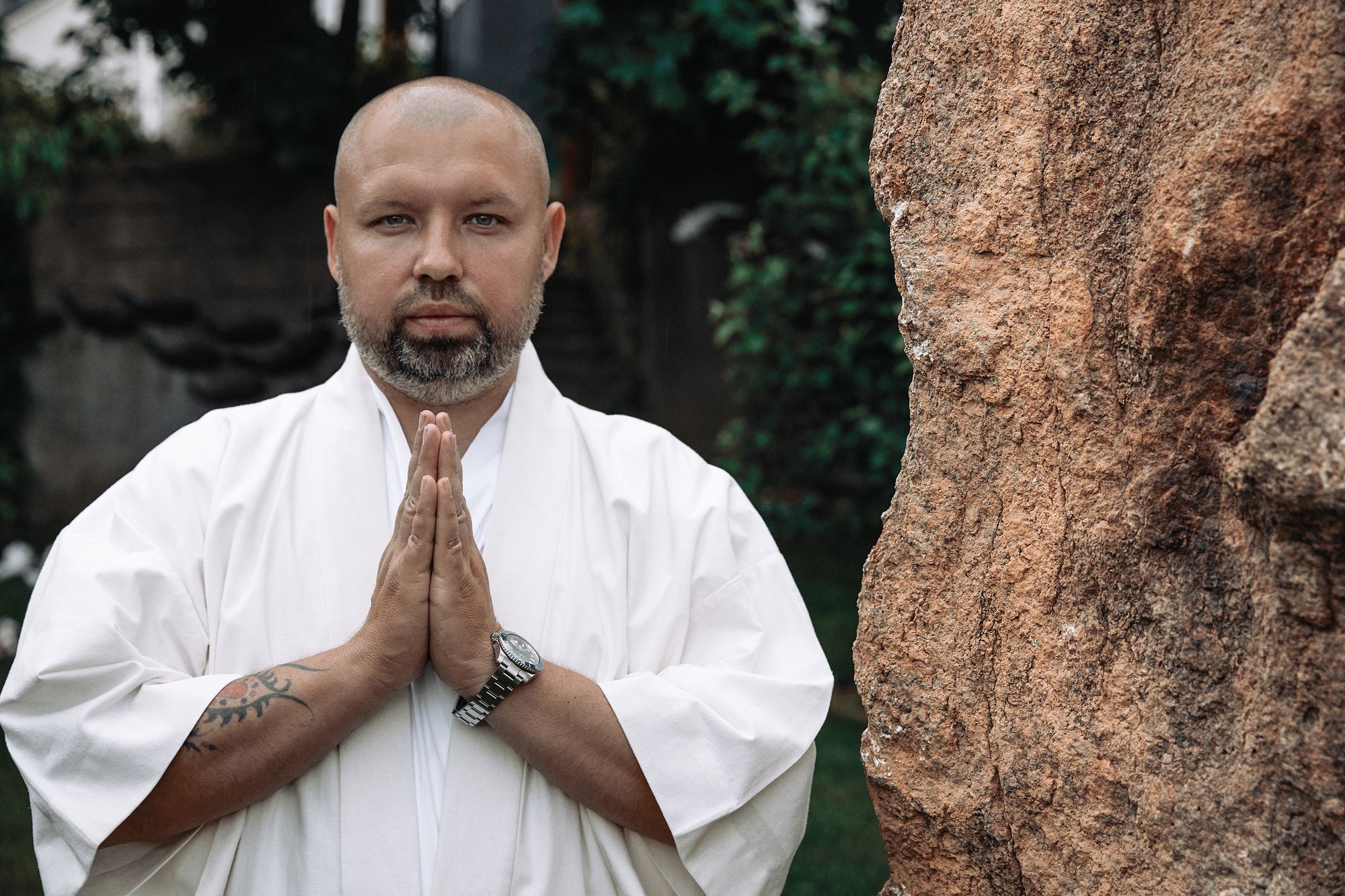The MAKHNO Studio has been creating projects intertwining Ukrainian traditions, world trends, and the Japanese philosophy of wabi-sabi, forces of nature, human talent, and an architectural mentality since 2003. We talked with the founder, Serhii Makhno about the beginnings, the importance of imperfection and ancient techniques, his collection, and his house.
You are an architect, ceramist, and collector at the same time. How did you become all of these?
I would call myself a creator in one word. My creative path started with graphic design, and my first project was my friend’s cafe, designed in a street-art style, but I eventually developed into an interior designer doing something that was not quite clear to many people in Ukraine at the time.
My collection started with collecting Ukrainian ceramic jugs back in 1993. Over time, I expanded my collection to include Ukrainian graphics, etchings, paintings, sculptures, and photographs, and now I have about 3000 pieces in it. But ceramics remains my favorite area, it is still the core of the collection.
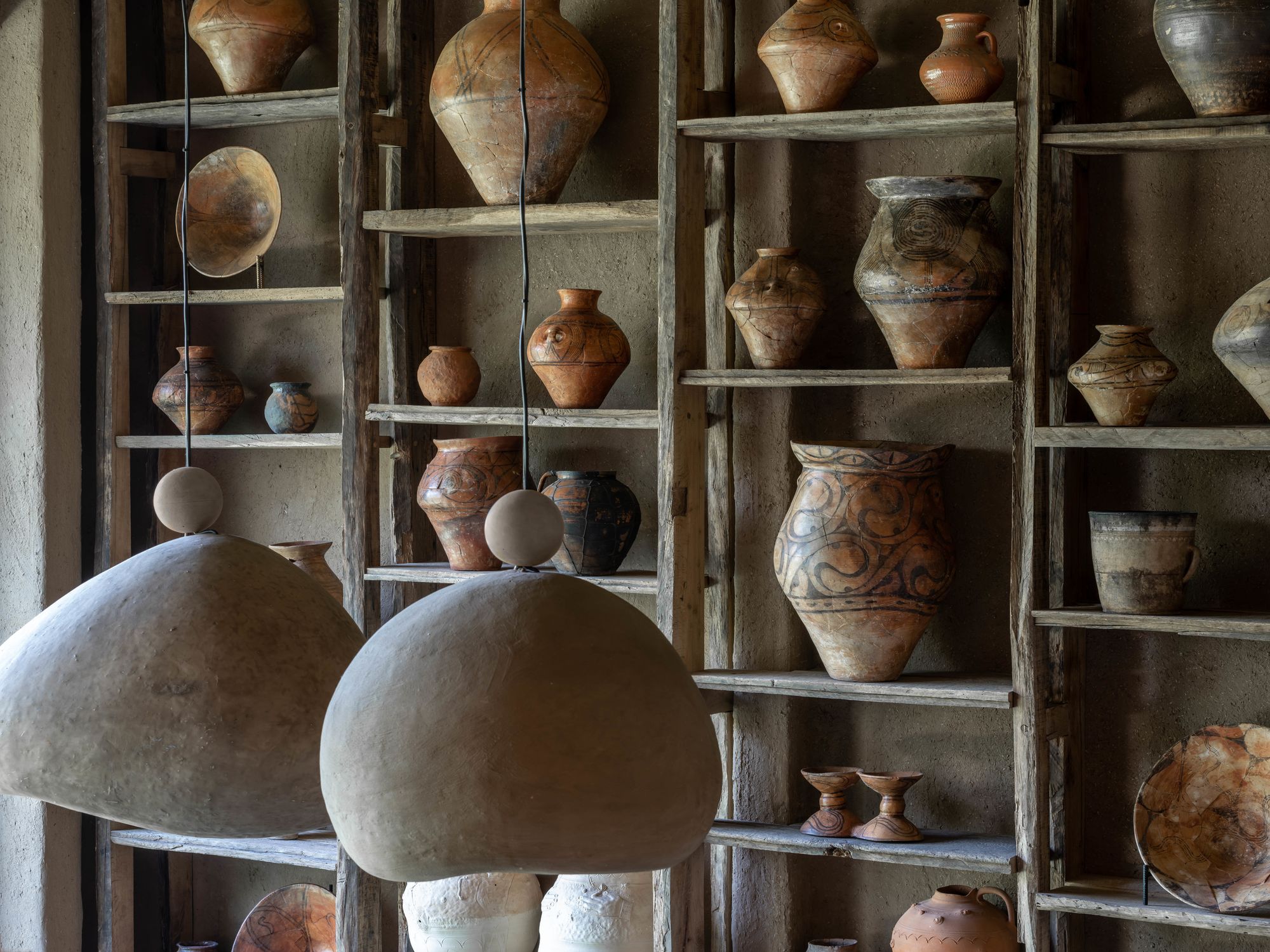
You started the Makhno Studio 20 years ago. What was your aim in the beginning?
To define a Ukrainian contemporary style in architecture and design, to convey and show the world the uniqueness and originality of our culture. Our main mission was to show the world our original products that carry the power of traditions, cultures, and nature. Throughout our creative journey, we have set a goal to preserve our traditional ceramics and traditional production techniques, and we continue to work on this.
In the case of houses like Futago and Wabi Sabi, you draw a lot of inspiration from Japanese culture, which is generally considered to be very different from European culture. How has Japanese thinking influenced you? What did you learn from it?
I still use the style of Wabi Sabi in my projects, I adhere to the philosophy of it, but I also combine it with the Ukrainian style, with Ukrainian materials and aesthetics, which is also near and dear to me. In Japan, the most important thing is how people see perfection in imperfection. The truth is in the eye of the beholder. The story of Japanese aesthetics and how it opened up to me is about love. We have a lot of material lying around under our feet, including old wood, old household items, ceramics, and tableware—none of these are valued in our country, while in Japan, everything is passed from generation to generation. We have to value our material heritage more, and by that, we can get to know our culture, and we can educate our children on this. We can put our soul into it and create unique interiors, and unique architecture. So, my love for Japanese aesthetics and Ukrainian aesthetics showed me that in general Japanese architecture, and Ukrainian architecture in the 18th century were similar. That’s why I like materials such as natural wood, reed on the roof, and stone in the interior and the gardens—used in bathrooms, floors, or walls. These are all materials that inspire me and that are inherent in Japanese culture.
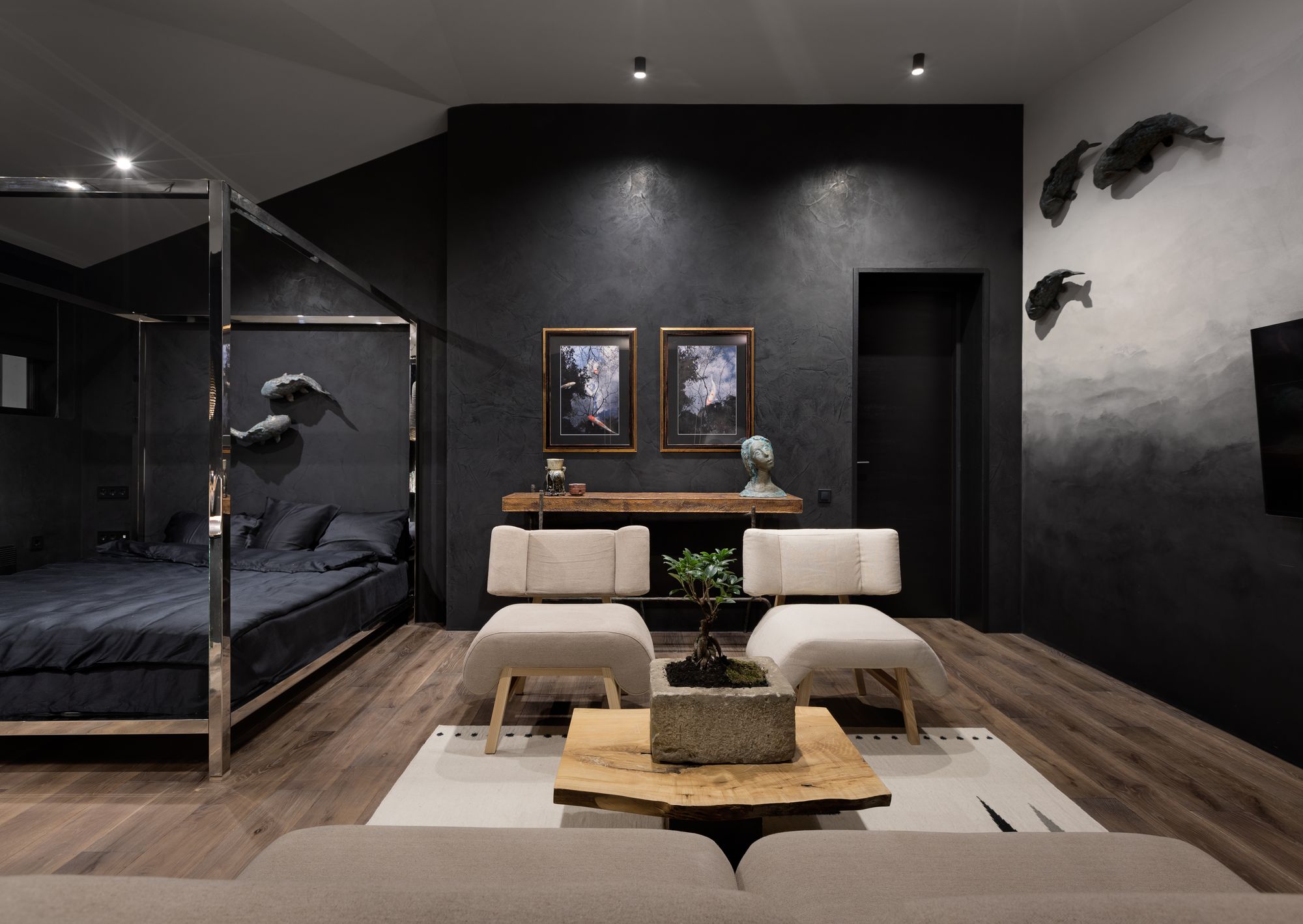

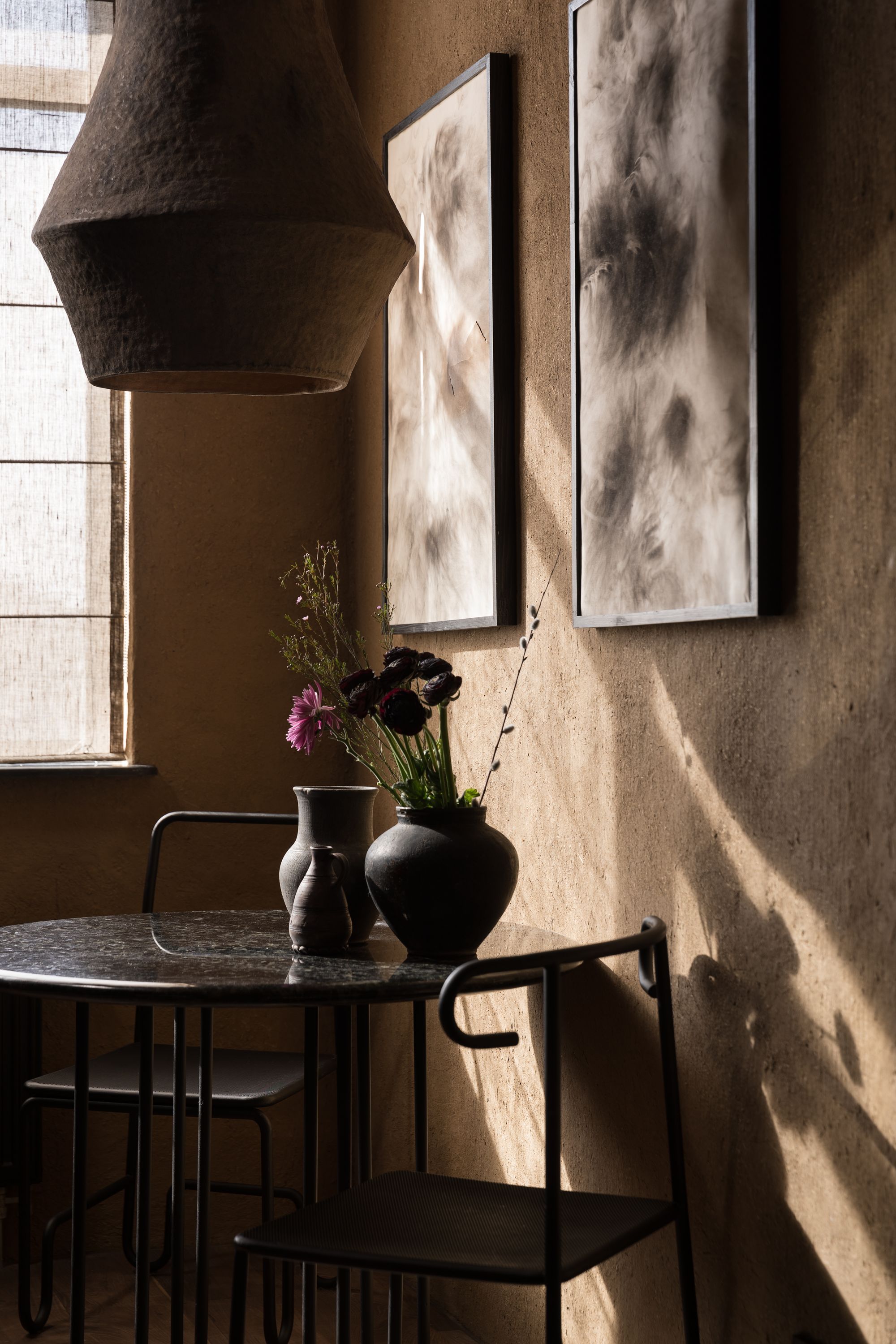
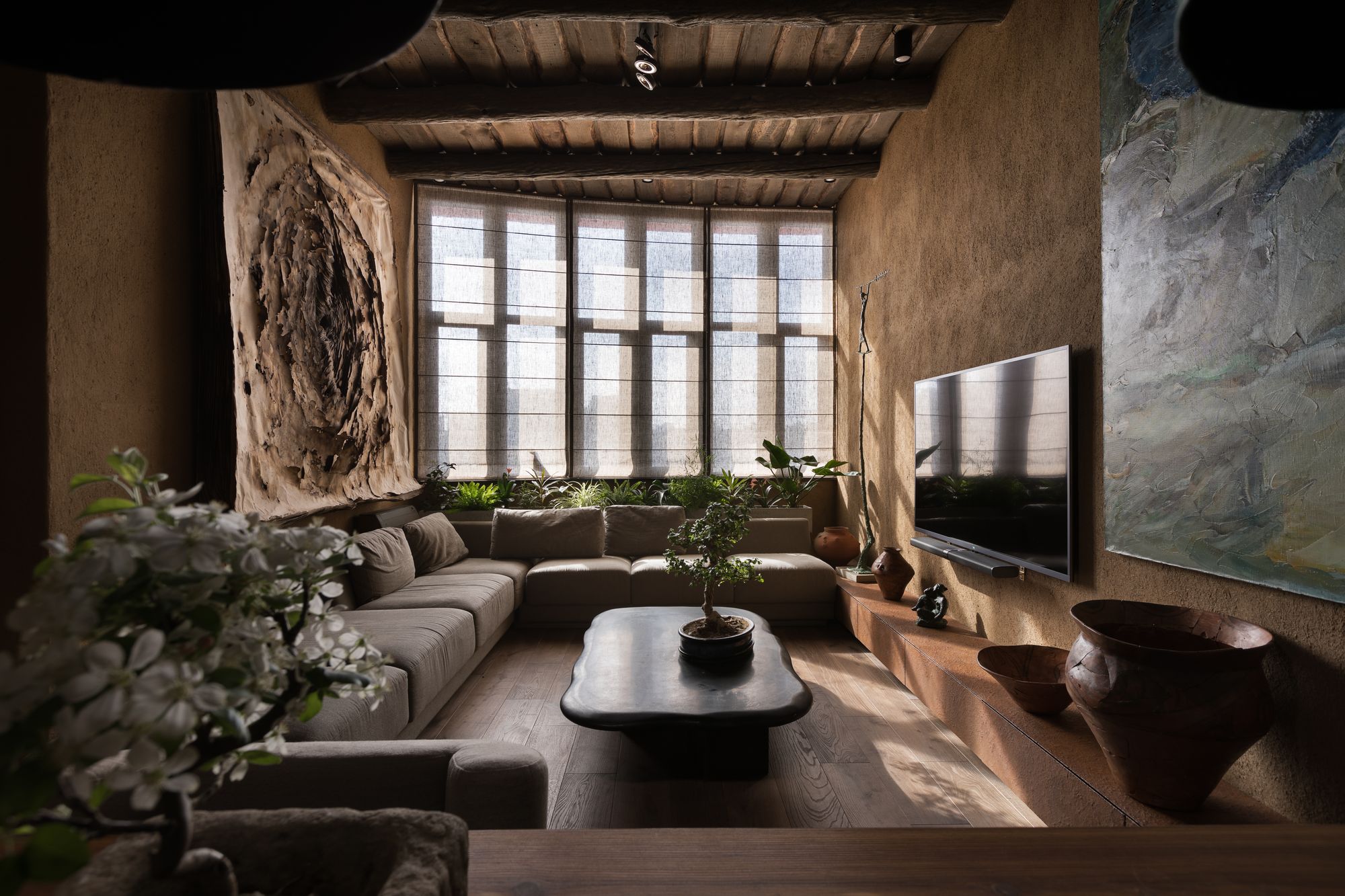



Naturally, the Ukrainian culture is the other equally important element of your design. With houses like Mazanka and Mureli, you bring back ancient techniques and forgotten words. What Ukrainian culture means to you and how do you use it in your works?
Ukrainian culture generates a lot of creative energy and creativity, and they are starting to go beyond its borders. For me, returning to Ukrainian identity was a blood call. I find incredible inspiration in the depths of my origins. I use ancient techniques in working with materials—for example, clay walls, like in old houses, which allow the walls to breathe and give an incredible natural smell. Our ceramic products are made in our ceramic workshops by hereditary ceramicists who continue and preserve traditional pottery techniques. Our Dido collection of art toys is for example a reinterpretation of traditional zoomorphic ceramics that we aim to not only show to the world but also preserve for future generations. We also use stained oak from old dismantled Ukrainian huts, which we rescue and use for lining, for example, the ceiling. For the walls of the Mazanka house, we mixed various herbs, including Ukrainian grasses and seeds, which we use on the walls as a decorative and natural material that breathes.

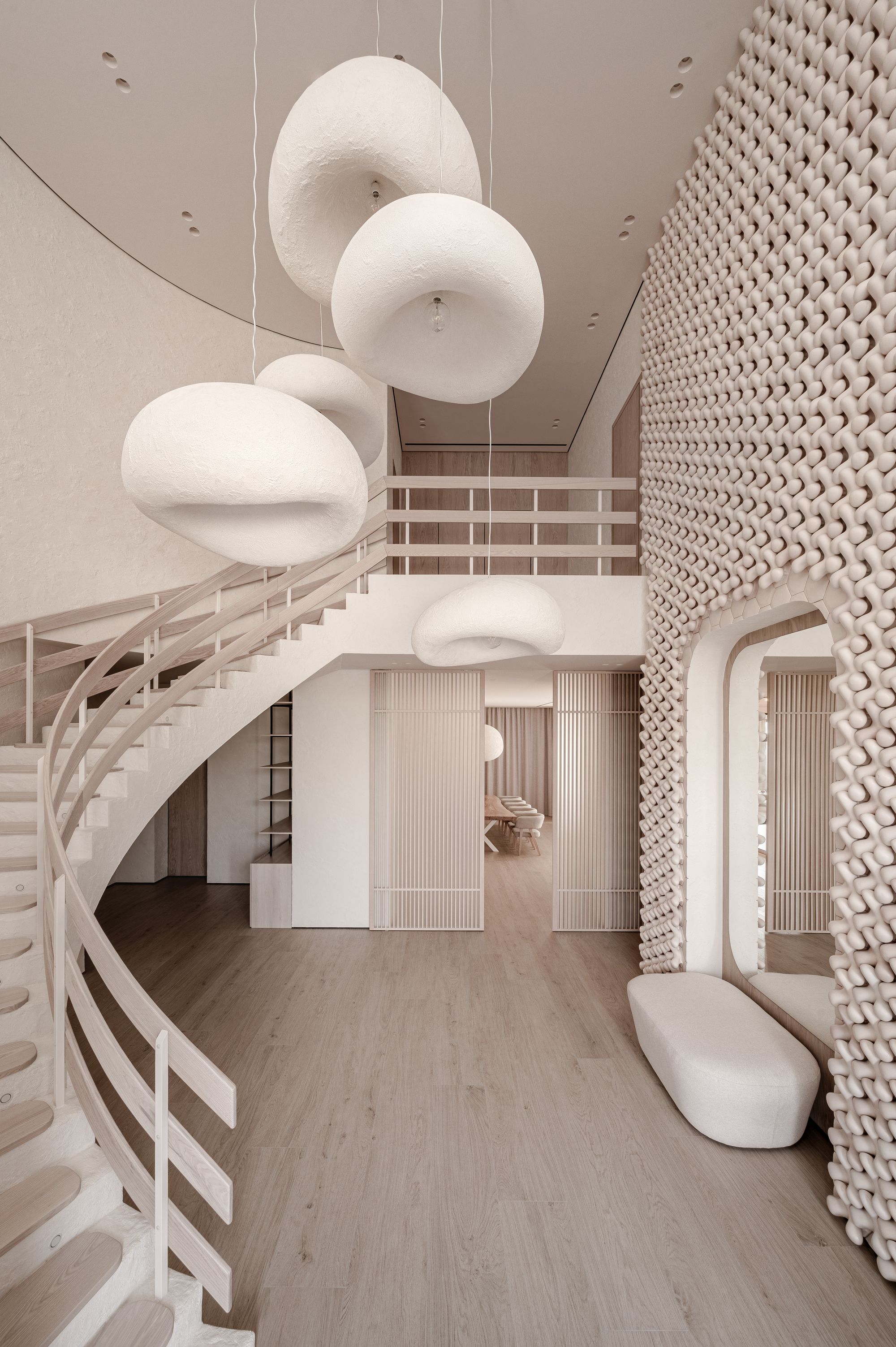
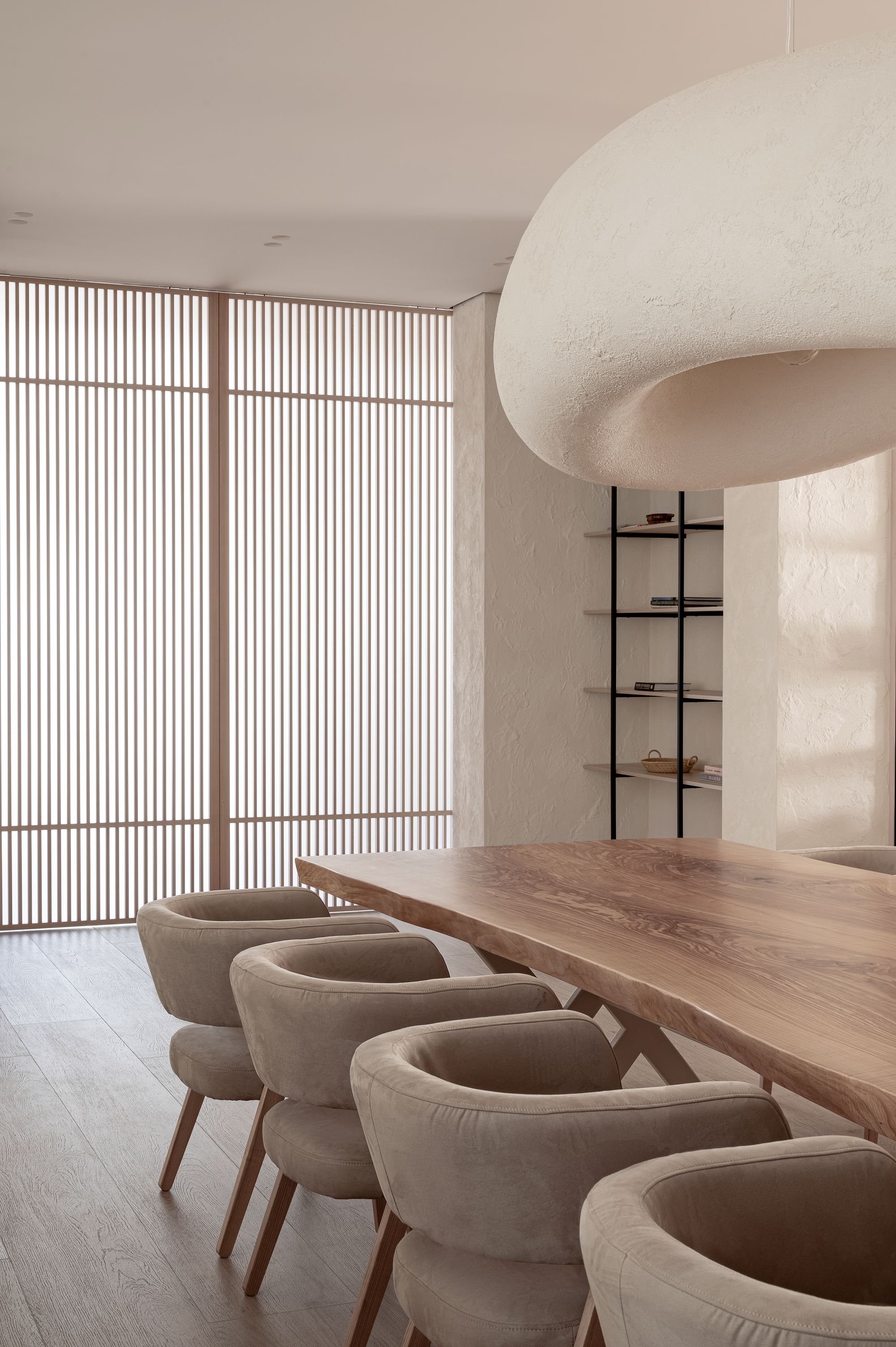
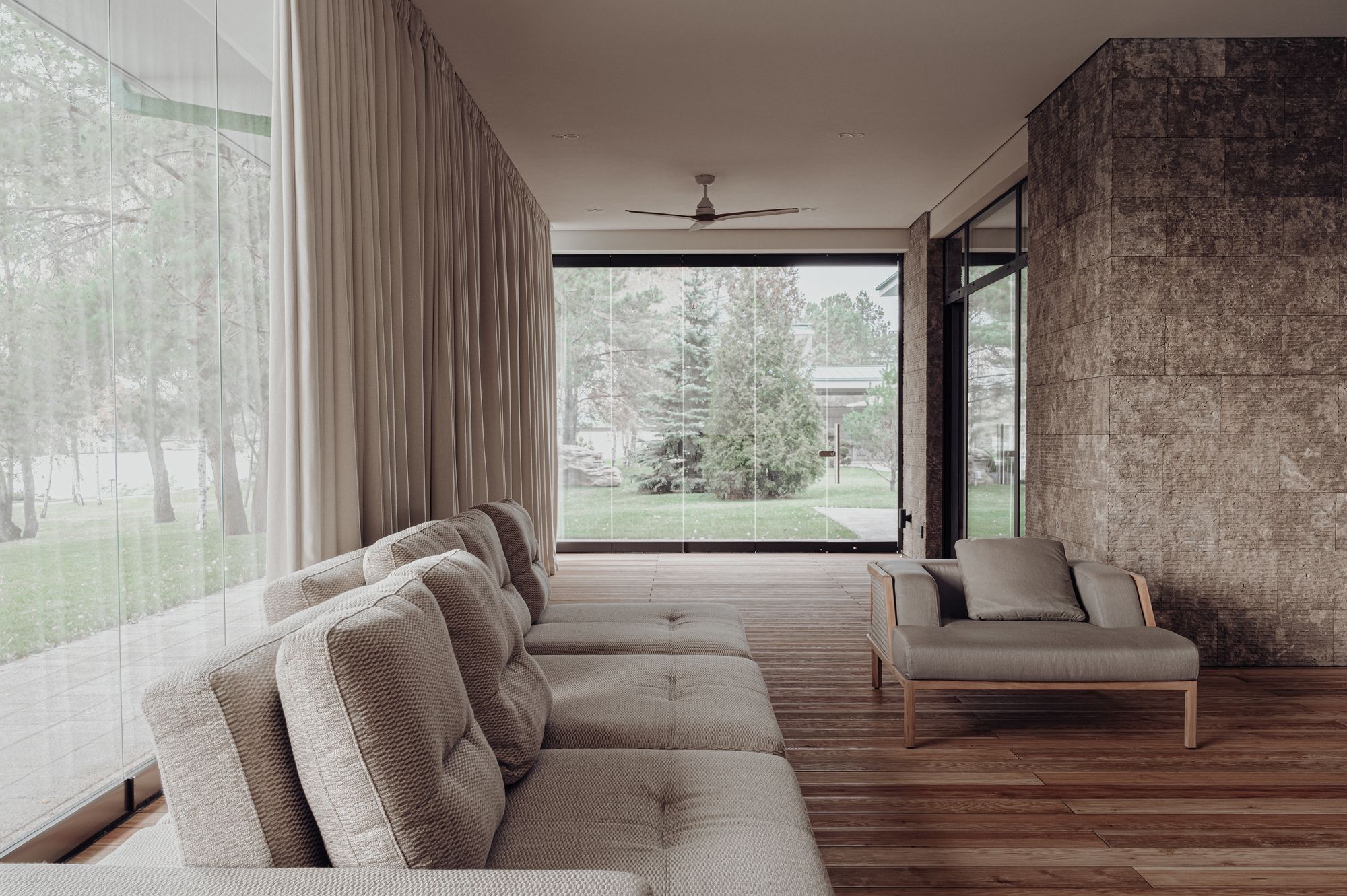
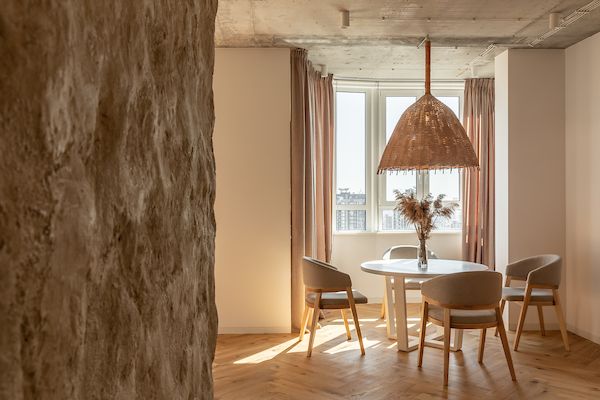

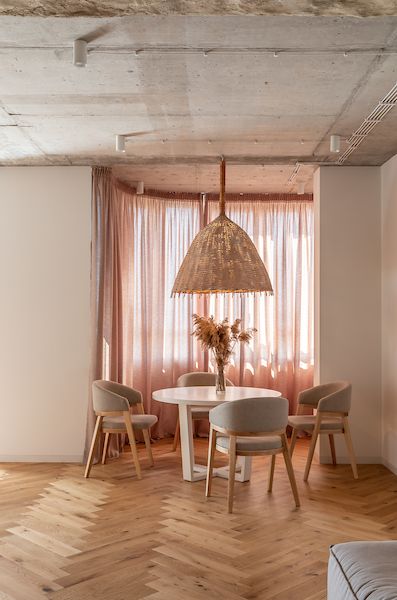
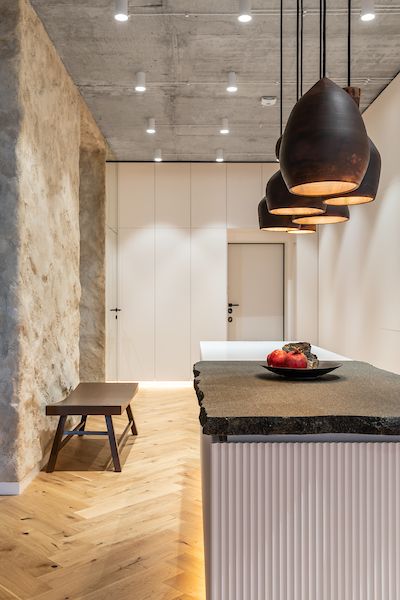
About the shape of the Plan B house, Oscar Niemeyer’s buildings came into my mind. Are you inspired by other architectural works?
I’m inspired by the works of Tadao Ando and the sculptures of Nacho Carbonellé. Among architects, I am also inspired by Axel Vervoord and his aesthetic approach to Japanese culture and contemporary art. However, my main inspiration comes from nature.
You live in Kozyn, a village on the outskirts of Kiev, in a house you designed yourself. How has the war changed your life there?
The war has changed the lives of each of us, but Shkrub has become a fortress of comfort and security for me—this is the feeling we try to create in every MAKHNO house. Shkrub was designed as a completely autonomous house, so even during the blackouts it was comfortable to live in.
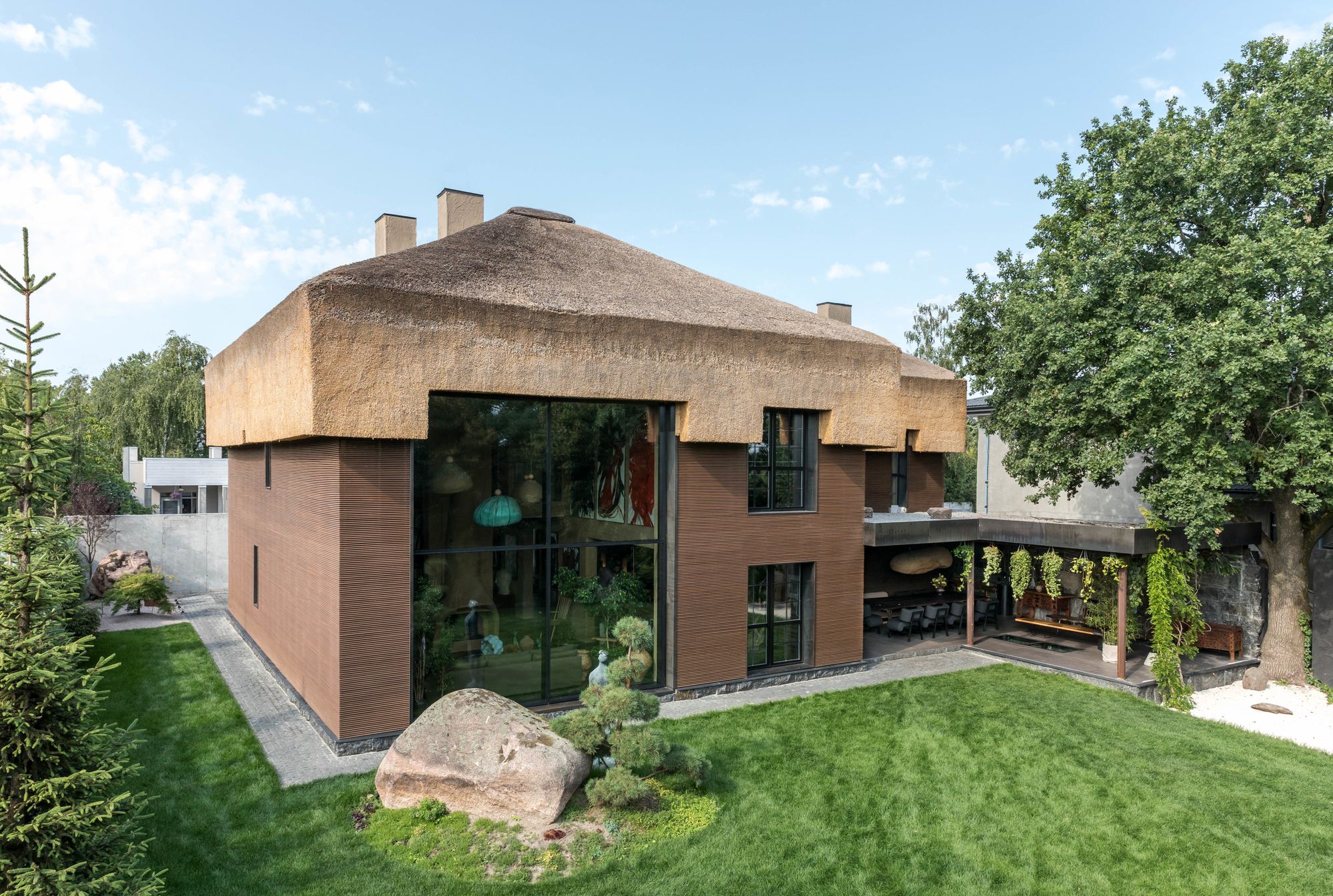
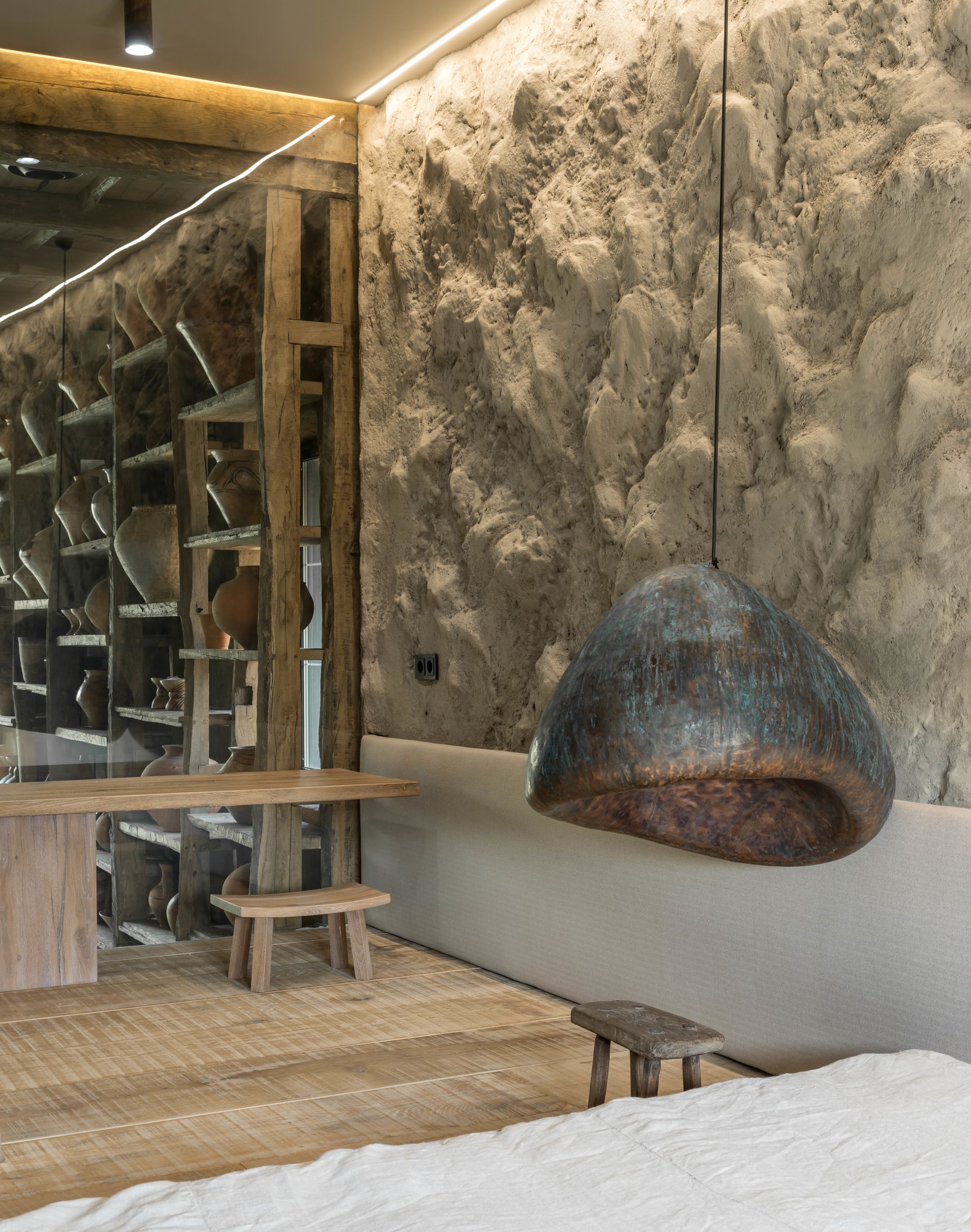

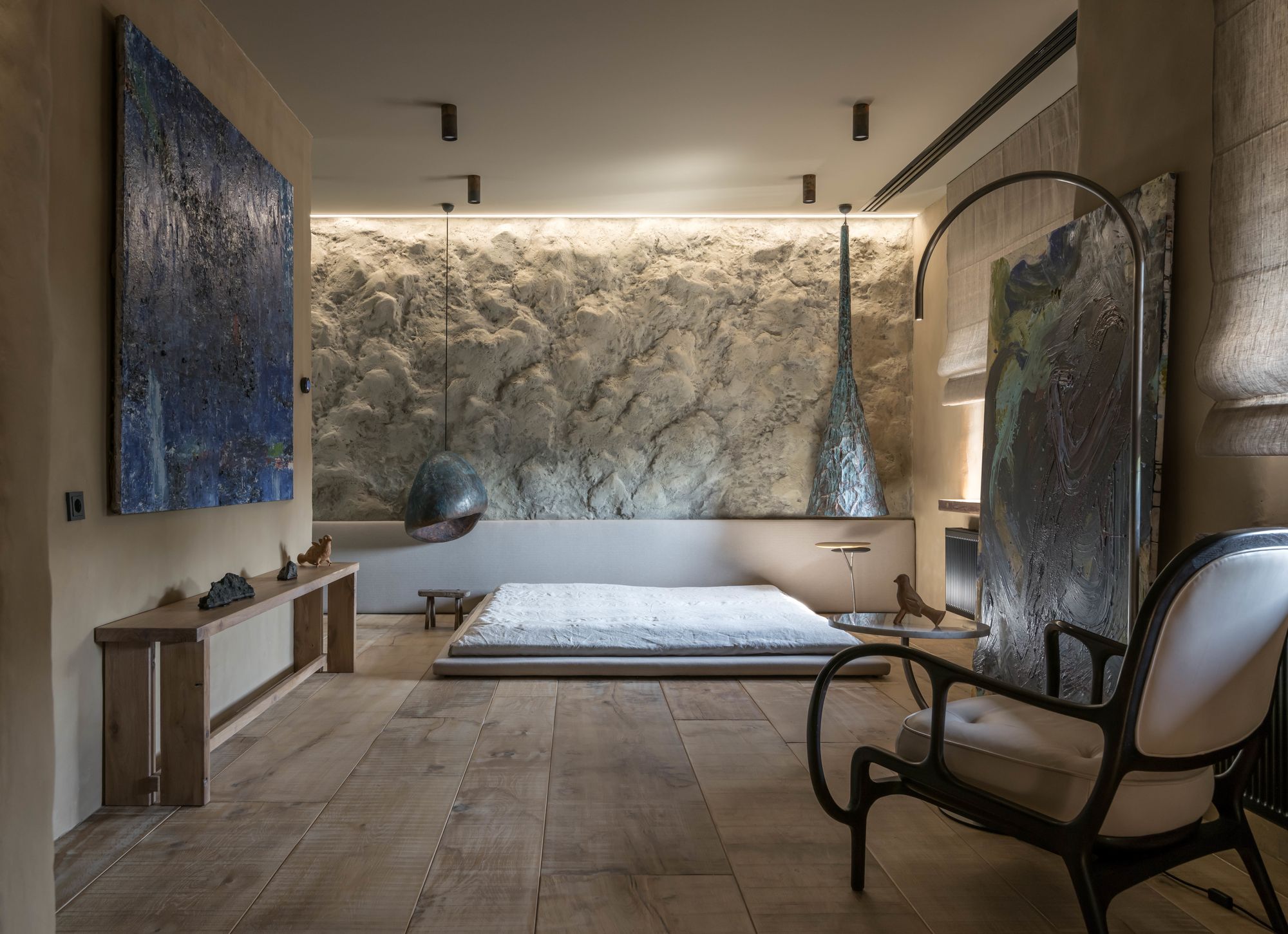
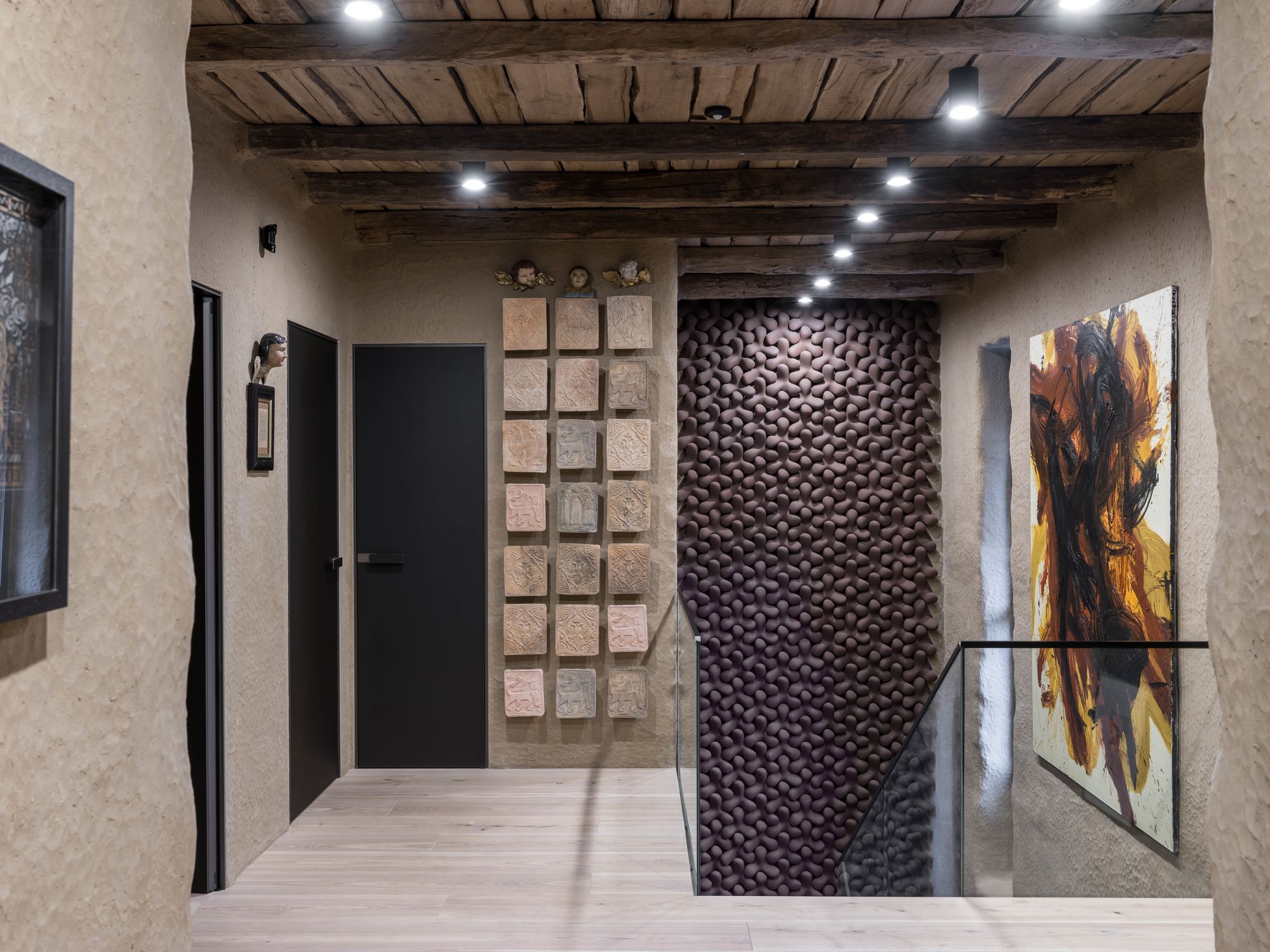
How do you see the future of MAKHNO Studio?
Our main style and what we produce is traditionalism, a love for materials, for natural and living things, like clay, wood, and stone. All of these are reinterpreted in our way with the elements of Ukrainian style and Japanese aesthetics. We continue to create architectural and interior design solutions specifically for our clients, which means that we tailor them one hundred percent.
Photos: MAKHNO Studio
Cover photo: Sergey Makhno

It's not all about Budapest! Veszprém gastro-review part 1

Music for your ears—the hottest hip-hop artists recommended by A38
